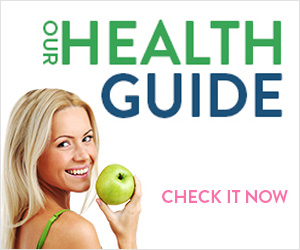
Goji berry – the new superfood
0
1492
Origin and history of goji berry
Goji berry is bright orange-red rounded little seeds. Their number in each fruit varies according to the variety or size of 10-60 small seeds. Fruits mature from July to October in the northern hemisphere.
Goji berry grows in Southeast Europe and Asia. Often, in the world health food markets, you will find it under the name Tibetan or Himalayan Godji, although these names are not directly related to the places where it grows the widest.
The vast majority of the goji berry comes from the northern parts of central and western China, where the plants grow in huge plantations.
In recent years, the fruit itself, juice and its many derivates (dried fruit, purees, seeds, etc.) are highly respected among seekers of useful and curative food.
Nutrient properties and content of beneficial substances in goji berry:
- 6 several vitamins
- 11 basic elements
- 22 minerals
- 18 amino acids
- 8 polysaccharides
- 6 monosaccharides
- 5 unsaturated fatty acids
- 6 carotenoids, including beta-carotene and lutein
- Many antioxidants
It is also been discovered that goji berry contains:
- Calcium – 112mg. / 100g.
- Potassium – 1130mg. / 100g.
- Iron – 9mg . / 100g.
- Zinc – 2mg. / 100g.
- Selenium – 50mg. / 100g.
- Riboflavin – 1,3mg. / 100g.
- Vitamin C – between 29 and 148mg. / 100g.
Healthy benefits of goji berry consumption
One of the key roles of zeaxanthin is to protect the retina of the eye by absorbing blue light and acting as an antioxidant. Increased intake of foods containing zeaxanthin is believed to reduce the risk of developing macular degeneration at a later age.
Although goji berries are a powerful source of antioxidants, it is still unclear what their advantages are compared to those of similar fruits.
Researchers still do not know for sure whether the benefits of goji berry have the same health benefits as blueberries, for example.
It is traditionally been thought that goji berries have great benefits as an adaptogen and help to prolong life, strengthen the immunity and the strength of the body.
Because of their pleasant taste, fruits can be eaten directly or placed in food and drink. The recommended daily dose is no more than 10 grams (divided into two intakes morning and evening, on fasting) for a period of 2-3 months.
In gastritis and to regulate digestion, the fruits are consumed directly. To lower blood sugar and blood pressure, the fruits are poured with hot water, fed and consumed together with the water extract. The usual dose is 10-20 grams daily, divided into 3 intakes.
.






